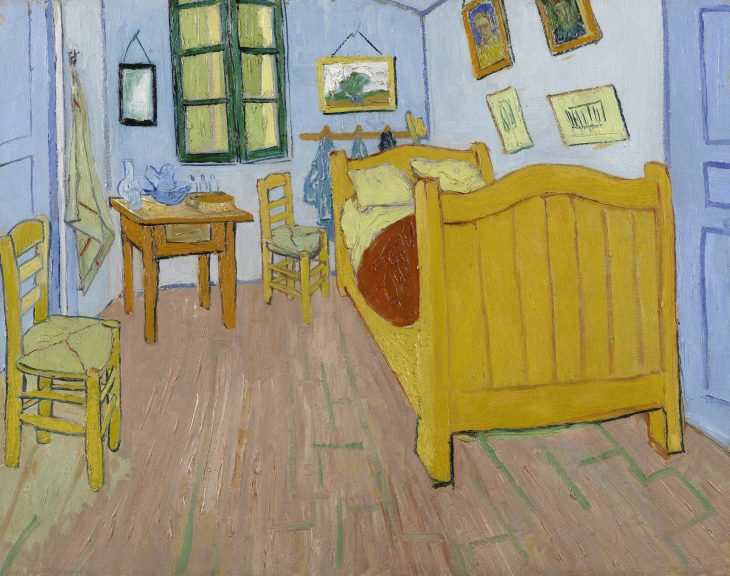Cloisonnism
Techniques. Resources. Creative Processes. Genres
We could make this publication thanks to small donations. How is 3 minutos de arte supported?
Cloisonnism
Cloisonnism is from French cloisonner that means “partition.”
The technique consists in painting smooth zones of pure color, but well limited by an edge, in general drawn in black. The stained glass of the middle Ages and the Japanese woodblock prints (ukiyo-e) inspired the technique.
Louis Anquetin and Émile Bernard developed Cloisonnism around 1887. They surprised and seduced with the aesthetical and expressive possibilities that this technique offers to two of the painters that would have more influence on modern art: Gauguin and Van Gogh, who adopted it immediately as a tool to develop their personal styles.
Each “compartmentalized” color usually contrasts the one next to it. Another characteristic of this technique is lack of depth, and that perspective is not respected.
Cloisonnism was born at a time of history in which artists did not longer feel the need to faithfully copy nature. They would start to express their own feelings and emotions through every object and figure.
That is how color started to play a crucial role, empowered by this technique that allowed violent contrasts.
Image: Bedroom in Arlés (First version, 1888). Vincent van Gogh.
Recommended links:
Van Gogh and his Translation of Millet.
You can also find more material using the search engine.




0 Comments